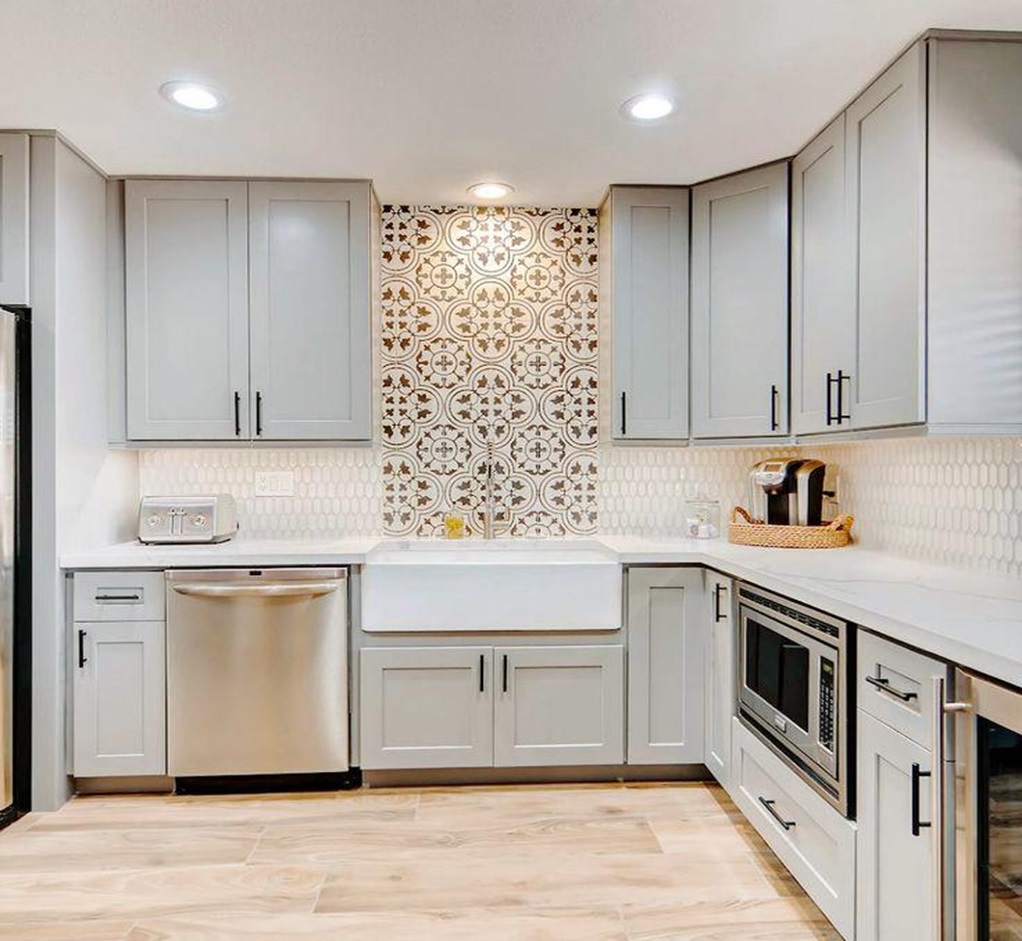Ready-to-assemble (RTA) kitchen cabinets have become a popular choice for homeowners looking to remodel their kitchens on a budget. These cabinets offer the perfect blend of cost-effectiveness, style, and DIY-friendliness, making them an attractive option for many. In this comprehensive guide, we will explore everything you need to know about choosing and installing RTA kitchen cabinets, ensuring you make an informed decision for your kitchen remodel.
What Are RTA Kitchen Cabinets?
RTA kitchen cabinets are pre-manufactured cabinets that come unassembled and are ready to be put together on-site. This concept has evolved significantly over the years, transforming from a budget-friendly alternative with limited designs to a preferred choice for homeowners seeking quality and style without breaking the bank.
Advantages of Choosing RTA Kitchen Cabinets
Cost-Effectiveness
- Lower Price: RTA kitchen cabinets are generally more affordable than custom or pre-assembled cabinets due to lower labor and shipping costs.
- DIY Assembly: By assembling the cabinets yourself, you save on the labor costs associated with traditional cabinetry installation.
Customization and Flexibility
- Variety of Styles: RTA cabinets come in a wide range of styles, materials, and finishes, allowing you to tailor your cabinets to your specific kitchen needs.
- Design Flexibility: Whether you prefer a classic, modern, or contemporary look, RTA cabinets can be customized to match your kitchen’s aesthetic.
Quality and Durability
- Durable Materials: RTA cabinets are made from high-quality materials such as solid wood, plywood, and MDF, ensuring they can withstand daily wear and tear.
- Advanced Manufacturing: Modern RTA cabinets are designed with quality in mind, using advanced manufacturing techniques to ensure longevity and resilience.
How to Select the Right RTA Kitchen Cabinets
Measuring Your Space
Accurate measurements are crucial when selecting RTA kitchen cabinets. Follow these steps to ensure you get the right fit:
- Measure Walls: Take horizontal and vertical measurements of each wall in your kitchen.
- Mark Fixtures: Note the location of fixed items such as windows, doors, sinks, and appliances.
- Graph Paper: Use graph paper to create a scaled drawing of your kitchen layout.
Choosing the Right Style and Design
- Traditional Styles: Look for cabinets with ornate details and raised panel doors.
- Transitional Styles: Opt for clean lines and a balance between classic and contemporary aesthetics.
- Modern Styles: Choose sleek, minimalist designs with flat-panel doors.
- Contemporary Styles: Embrace bold colors and innovative finishes to make a statement.
Material and Finish Options
- Solid Wood: Offers durability and a timeless look but can be more expensive.
- Plywood: Provides stability and resistance to warping, making it ideal for humid environments.
- MDF: Versatile and affordable, can be easily painted or stained to achieve the desired look.
Understanding Cabinet Construction and Quality
- Box Construction: Look for cabinets with sturdy box construction using durable materials.
- Hardware: High-quality hardware such as hinges and drawer slides is essential for long-lasting performance.
- Reviews and Ratings: Check customer reviews and ratings to ensure you are purchasing from a reputable manufacturer.
Where to Buy RTA Kitchen Cabinets
- Recommended Suppliers: Consider purchasing from well-known suppliers such as IKEA, Home Depot, and specialized RTA cabinet manufacturers.
- Online vs. In-Store: Weigh the pros and cons of buying online versus in-store. Online purchases may offer more variety, while in-store visits allow you to see the cabinets in person.
Preparing for Installation
Tools and Materials Needed
- Essential Tools: Screwdrivers, drill, level, measuring tape, and safety gear.
- Materials: Screws, cam locks, brackets, and any additional hardware provided with the cabinets.
Step-by-Step Installation Guide
- Unpacking Components: Lay out all the components and ensure you have all the necessary parts.
- Assembling Cabinet Boxes: Connect the sides, top, bottom, and back panels using screws or cam locks.
- Attaching Doors and Drawers: Use hinges and drawer slides to secure doors and drawers to the cabinet boxes.
- Installing Hardware: Attach handles or knobs as desired.
- Final Adjustments: Ensure all doors and drawers are level and aligned properly.
Tips for a Successful Installation
- Avoid Common Mistakes: Double-check measurements and follow instructions carefully to avoid errors.
- Level and Align Cabinets: Use a level to ensure cabinets are perfectly aligned during installation.
- Final Touches: Make necessary adjustments and add finishing touches for a polished look.
Maintaining Your RTA Kitchen Cabinets
Cleaning and Care Tips
- Recommended Products: Use mild, non-abrasive cleaners to maintain the finish.
- Preventing Damage: Avoid using harsh chemicals or abrasive tools that can damage the cabinet surface.
Repair and Maintenance
- Minor Repairs: Handle minor repairs such as loose hinges or scratches promptly to maintain cabinet integrity.
- Professional Help: Seek professional assistance for more significant damage or complex repairs.
Conclusion
In conclusion, RTA kitchen cabinets offer a cost-effective, flexible, and stylish solution for your kitchen remodel. By following this guide, you can confidently choose and install the perfect cabinets for your kitchen, ensuring a beautiful and functional space. Share your experiences or questions in the comments below!

